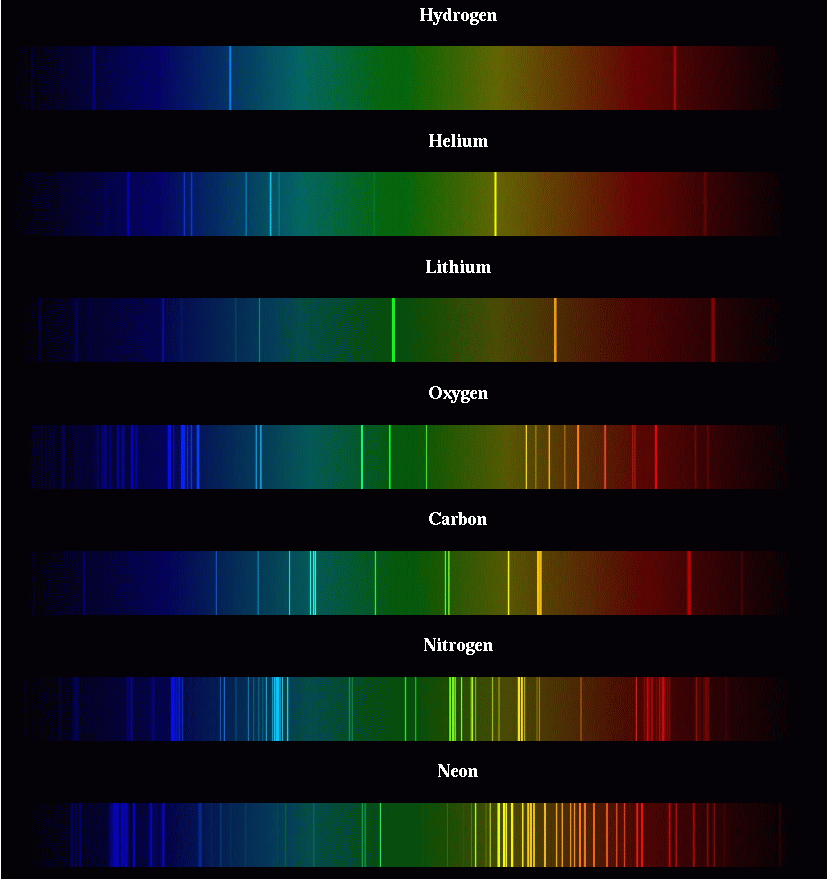April 28, 2017
- renazhong
- Apr 28, 2017
- 2 min read
Hello! With only three weeks left, before the conclusion of the senior project, I thought this week would be a good time to talk about how my project fits into the larger picture of the universe.
The creation of the universe happened through the Big Bang, in which it is theorized that our universe has expanded from a single point in an infinitesimally small amount of time called inflation. Though scientists are unsure of the moment of the actual "creation" of the universe, they have agreed to call the beginning of time Planck's time (1 x 10^-43s). What causes the major expansion of the universe is the separation of strong force which causes the universe to expand more in a fraction of a second than it has in the past 15 billion years. Then the nucleosynthesis process I've mentioned before in my posts created atoms that led to the creation of Hydrogen and Helium and trace amounts of Lithium and Beryllium.

This brings up the question of where did the rest of the elements in the periodic table come from? Aside from man-made elements such as curium, berkelium, and others, 86 elements were created through nuclear reactions in stars and supernovae.
Star clusters and the elements that make up the stars can tell us about the age of the galaxy. The composition of a star can be determined through looking at absorption or emission lines because every element has a different wavelength. These are the emission lines of a few of the more common elements found in our lives and in the universe.

Thus, by analyzing what chemicals make up galaxies, we can determine the age of the galaxy and understand how it relates to the expansion of the universe through redshift.

Comments